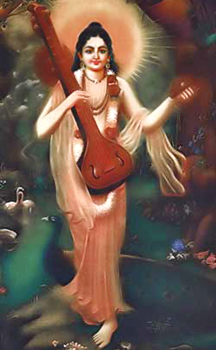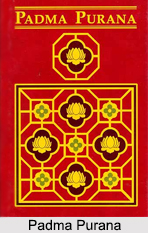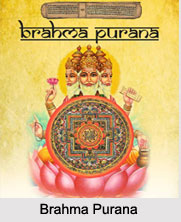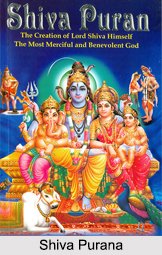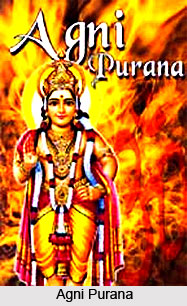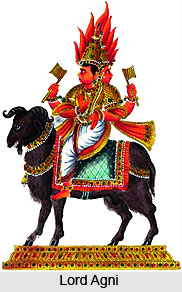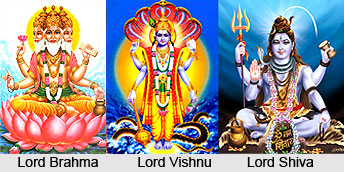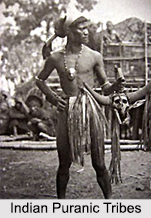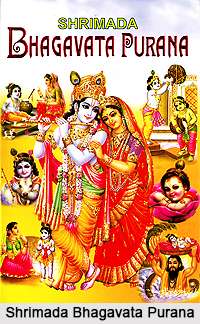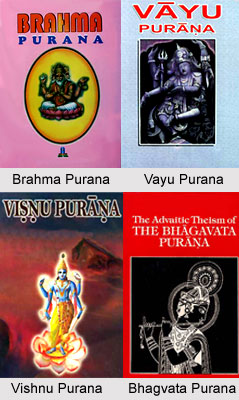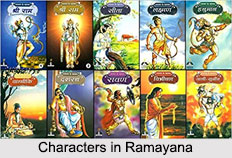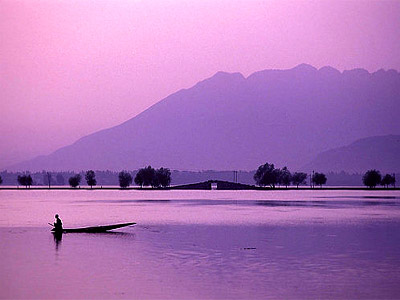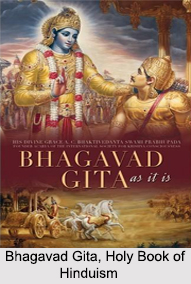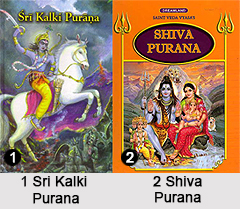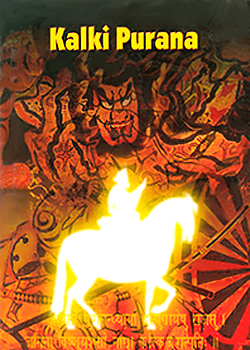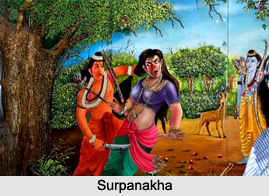In pre-Vedic times, Kashyapa was a primordial god, who was the father of all the Devas(gods), Asuras (demons),Nagas(serpent) and the mankind. The word `Kashyapa` means tortoise and he was connected to the cosmic tortoise, which made the universe. In Vedic times Kashyapa became equated with Prajapati or Brahma, and was also considered as a Rishi or sage.
In the Puranas Kashyapa is mentioned as an ancient sage. He was the son of Marichi, who was one among the ten mentally generated sons of the creator Brahma. The Prajapati Daksha gave his thirteen daughters to Kashyapa for marriage, among them Aditi, Diti, Kadru, Danu were very renowned. Kashyapa received the earth, obtained by Parashurama`s conquest of King Kartavirya Arjuna and since then earth came to be known as `Kashyapi`. Kashyapa was also the author of the Kashyapa Samhita.
With Aditi, Kashyapa fathered the Agni and Adityas. His second wife Diti was the mother of Daityas (demons). Kashyapa`s another wife, Vinata had sons Garuda and Aruna. The Nagas are Kashyapa`s sons from Kadru. His another wife Danu was the mother of Danavas(demons). In the family line of Kashyapa, along with him there were two more sons namely, Avatsara and Asita. The two sons of Avatsara, Nidhruva and Rebha are also the oracles of Mantra. Asita had a son named Shandila, from whom the famous Shandilya family line started.
In the Manvantara period, called Svarochisha, Kashyapa was one of the seven sages. The Indian state Kashmir was named after Kashyapa.


